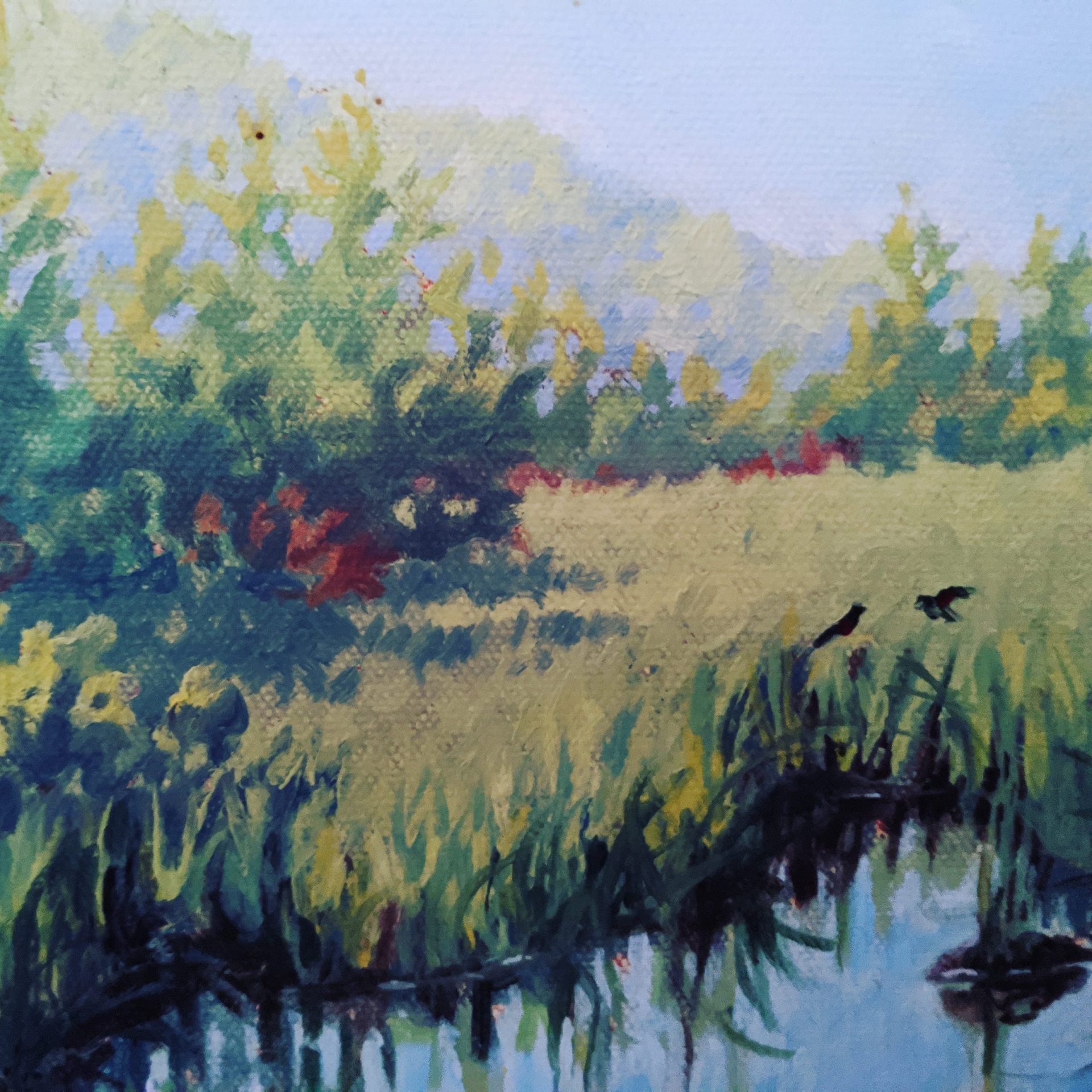Audubon Vermont, the State of Vermont, and Vermont Maple Sugar Makers have teamed up to make Vermont’s working forests prime songbird habitat. The result: Bird-Friendly Maple!
If you pay attention to the news about what folks are doing in their backyards these days like we do, you know that there has been an absolute explosion in bird-watching. As our clever friends at the New York Times observed last spring: “The Birds Are Not on Lockdown, and More People Are Watching Them.” Well, people are still at it. And we’re no exception. We’ve purchased a used copy of the Field Guide to North American Birds, deploy it regularly, and, for example, have caught sight of our first Eastern Phoebe, our first Eastern Bluebird and our first Mourning Dove, all common songbirds that we’ve just never noticed before.
But wait! This isn’t a wildlife blog. This is a hobby-maple-syrup blog! So why are we blogging about birdwatching? Because this widespread, newfound interest in birds makes this the right time for us to tell you about bird-friendly maple!
If you are in the habit of purchasing Vermont Maple Syrup and tend to inspect your labels, you may have run into the image above. This button signifies that the producer of the maple syrup you are about to purchase has committed to managing their sugar woods for ecological diversity through Audubon Vermont’s Bird Friendly Maple Project. Created in cooperation with the Vermont Department of Forests, Parks and Recreation and the Vermont Maple Sugar Makers Association, this project promotes maple producers who manage their working forests in ways that support Vermont’s birds, forests, and maple-production. According to Audubon Vermont, “[m]aple sugarbushes are inherently good for birds, but forests that are intentionally managed with birds in mind are even better.“
Why is this important? Because while our region of the country “boasts one of the highest concentrations of breeding bird species in the United States . . . in Vermont that richness is declining in step with the growth of the multi-million-dollar syrup industry, which is transforming old forests into a sea of maple.” Maple monoculture, as we’ve blogged about before, is not good for the forests, the critters that live there, or maple.
So, the bird-friendly maple project, which has been around since 2014, aims to reverse this trend by engaging maple producers in practices like cultivating diverse suites of tree species and allowing standing and fallen dead tree debris (aka bug and bird habitat) alone in order to attract and retain songbirds. This is good for the songbirds, the health of the forests and, thus, maple production! At present, twenty producers are participating in the project. Collectively, they manage 4,500 acres and have generated $4.5 million in bird-friendly sales!
And now back to birding! Would you like to know if any of your favorite birds are the beneficiaries of the bird-friendly maple program? According to Vermont Audubon, among the birds that benefit are the Yellow-bellied Sapsucker, the Eastern Wood-Pewee, the Black-throated Green Warbler, the Black-throated Blue Warbler, the Wood Thrush, and the beautiful and elusive (at least to us!) Scarlet Tanager.
Inspired to support the program? Consider purchasing from a participating bird-friendly maple producer and/or making a donation to Vermont Audubon.
And that’s what bird-friendly maple is. Thanks for reading! Now get back outside!
-Kate

